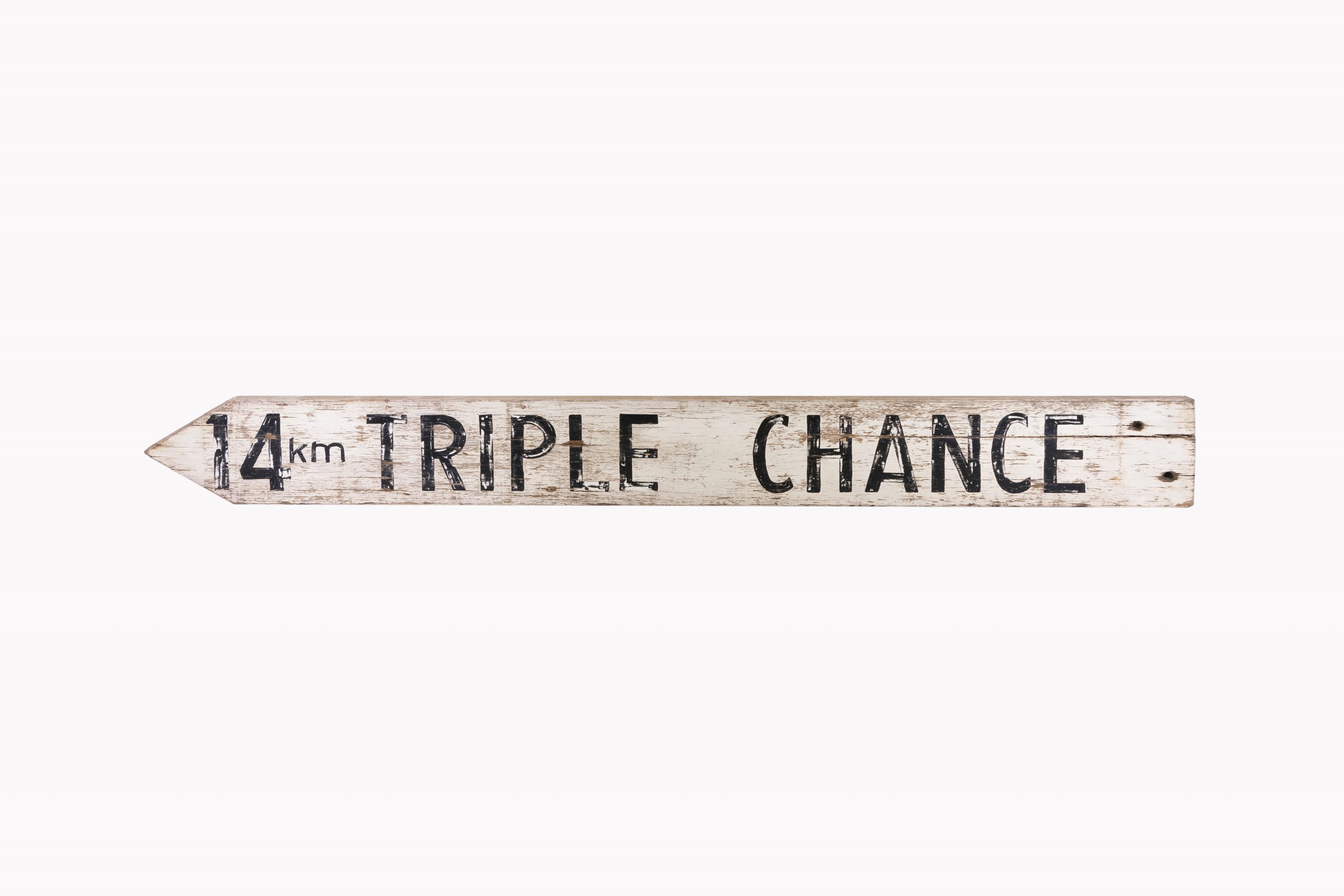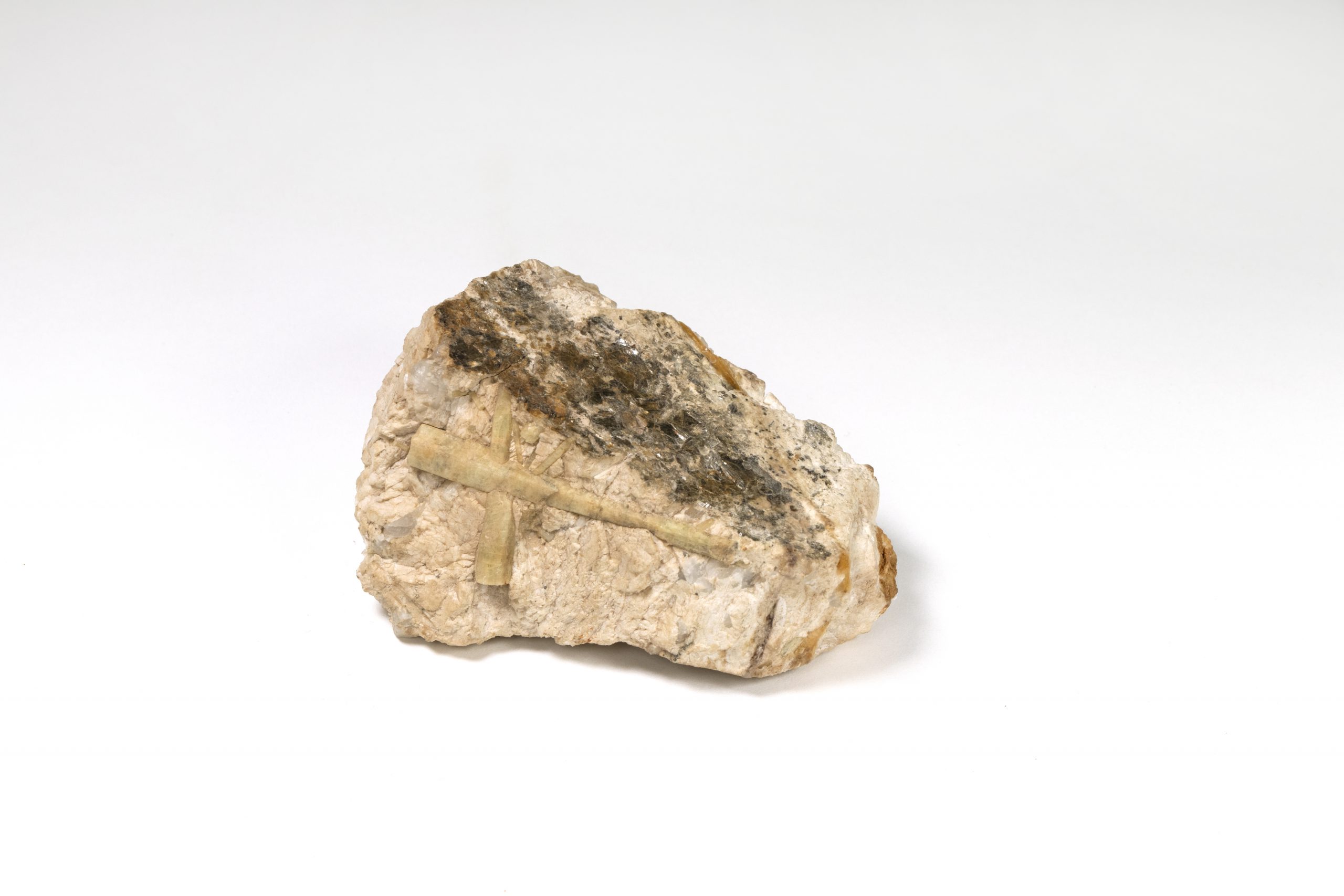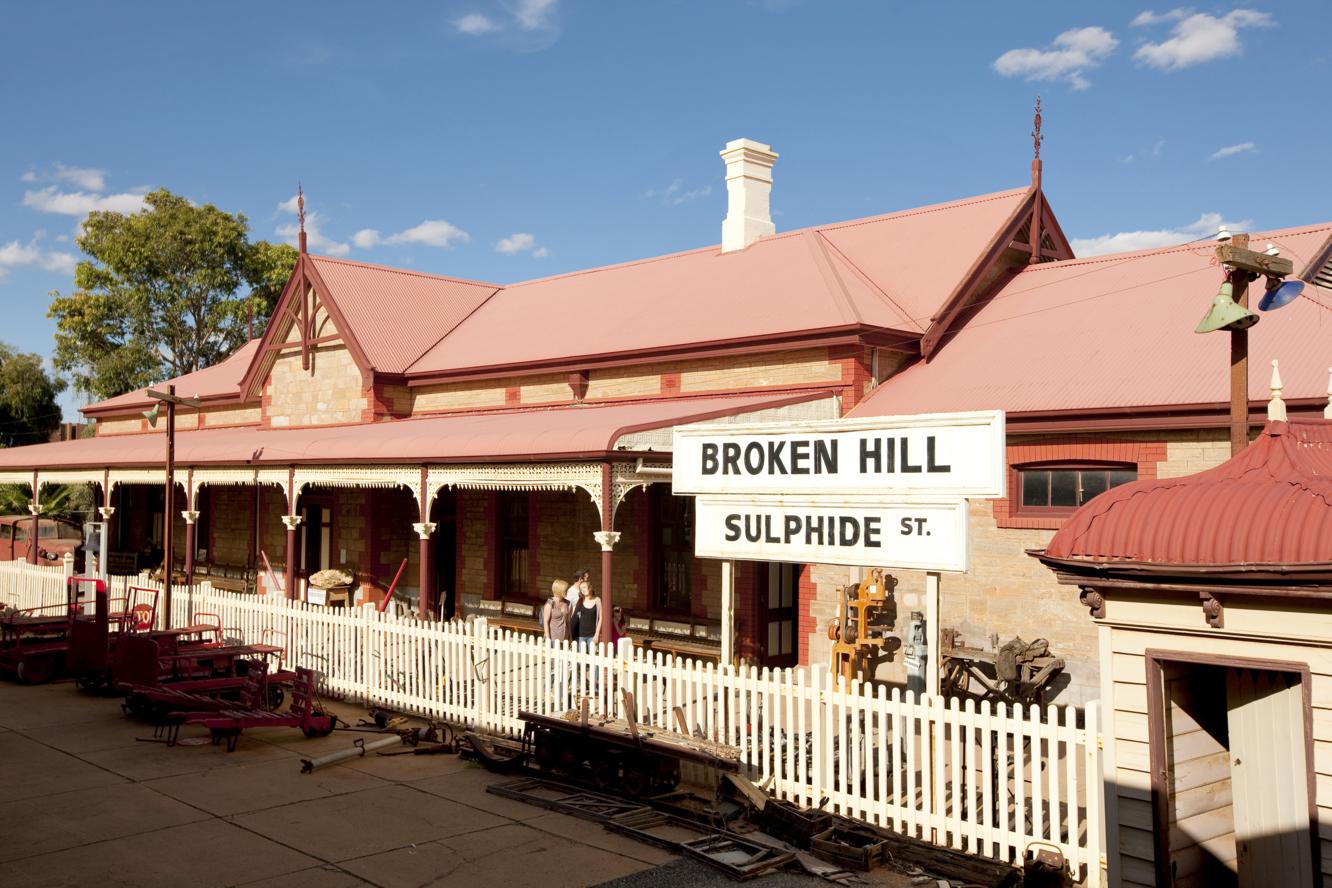Broken Hill’s First Lady Miner
The True Tale of Tess
Tess Alfonsi is recorded as Broken Hill’s first woman miner – a designation that is all the weightier given the historic domination of mining by men. She worked the Triple Chance Mine with a hammer-tap drill, hid a pistol in her skirt when she paid the wages and protected her mine from claim jumpers with a .303 rifle. A devout Catholic, Tess was tough but fair, allowing her staff two bottles of beer a day, swearing, however, was not permitted.
Born in 1907 in Northern Italy, Teressa Veronica Bazzica migrated to Western Australia in 1915 with her mother and three brothers. Like many migrant families before them, Tess’ father had migrated a few years earlier to pave the way for the family’s new life. After five years in Western Australia, Tess moved with her family to Adelaide, where her knowledge of 23 Italian dialects stood her in good stead as an interpreter for newly arrived migrants. She also taught English as a second language, earning three pennies an hour.
Tess arrived in Broken Hill in 1921, where she found work as an interpreter for a land agency that sold newly released blocks of land to migrants. She later worked in the bar at the Grand Hotel, where she met Louis Kumm. Tess and Louis married in 1927 when Tess was 19 years old. Bitten by the prospecting bug, Tess and Louis slept rough in the mulga scrub for six months while they fossicked for Mica, Feldspar and later, Beryl in the Thackaringa Hills, 50 kilometres from Broken Hill. It was here that the Triple Chance Mine was founded – so named because of the three minerals mined there.
Tess sewed potato sacks together to make a humpy, which she and Louis lived in for the next two years and they dined on rabbit and kangaroo. To make ends meet, Tess cooked meals for the men at the Egebek Mine near Thackaringa and shearing stations in the area. When the pair divorced in 1954, Tess continued to run and work the mine.
In 1964, Tess married her foreman Dominic Alfonsi and together they retired to White Cliffs, where Tess died in 1986. A testament to her Catholic faith, a naturally-occurring beryl crucifix on its matrix that Tess had found while mining was still in her possession when she died.





